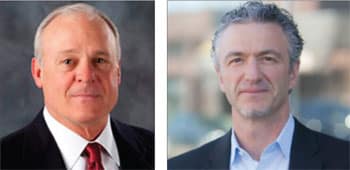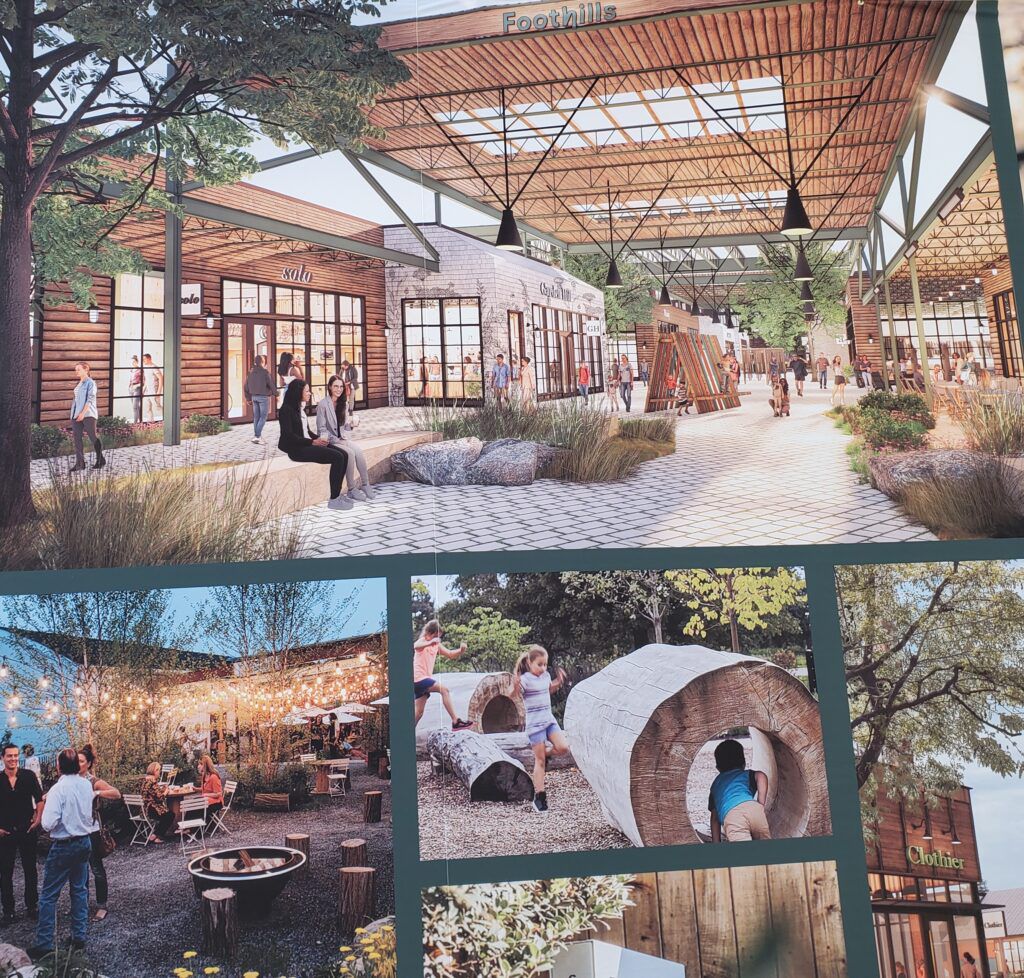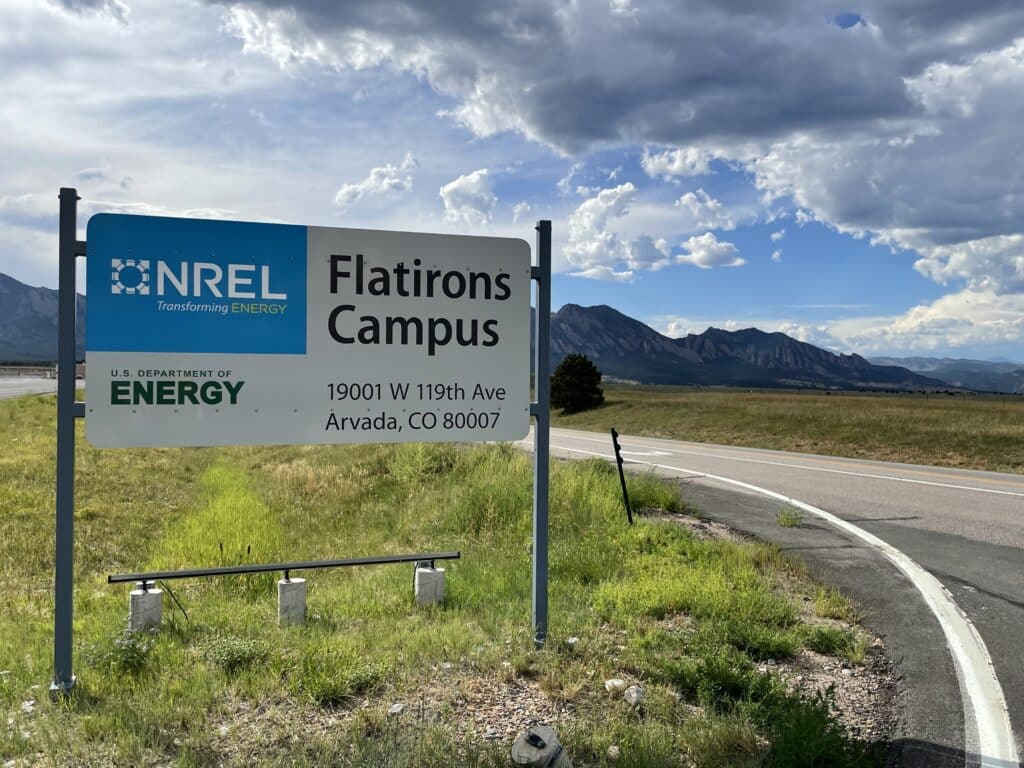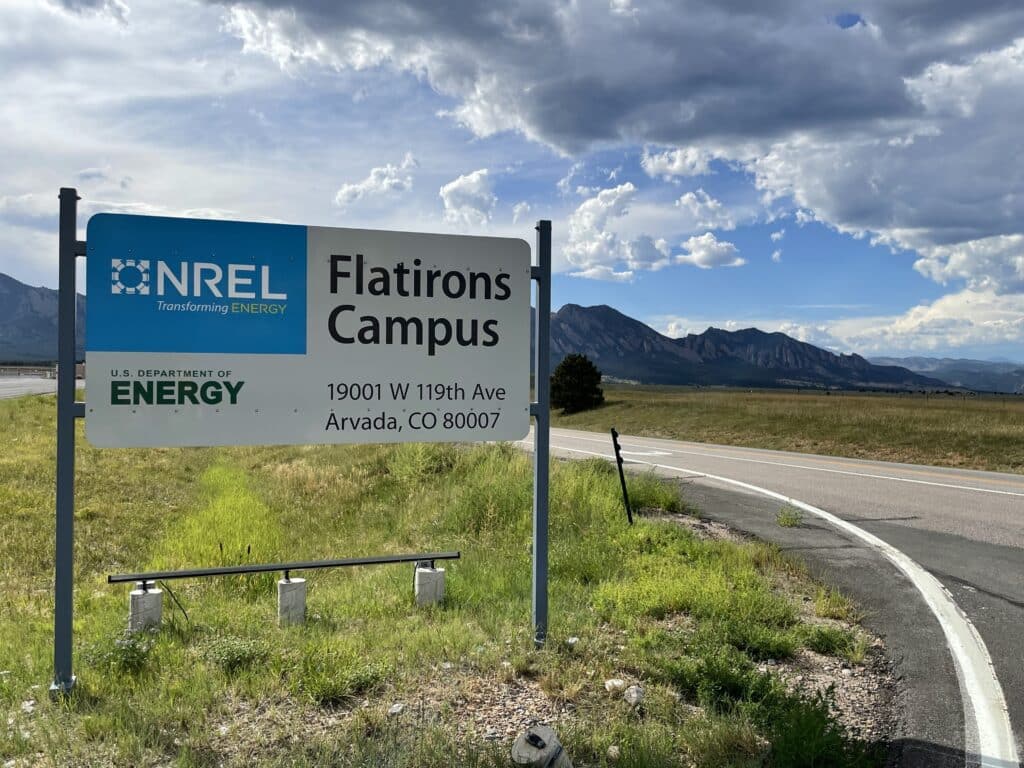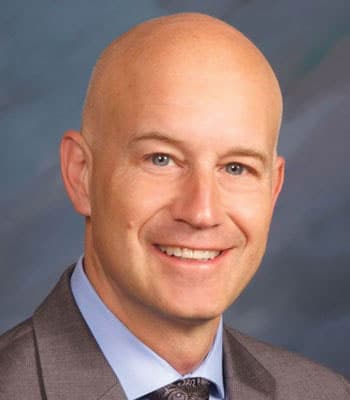Fosdick picked to steer Longmont Economic Development Partnership
LONGMONT — For Erin Fosdick, taking the reins of the Longmont Economic Development Partnership is more than a job — it’s a homecoming.
LEDP’s board of directors said Wednesday that it had unanimously selected Fosdick as the organization’s president and CEO, and that her first day on the job was April 17. She had worked for 17 years on the city of Longmont’s planning team but spent the past eight months as principal planner for the town of Erie.
In her previous role in Longmont, she said, “I had the opportunity to work pretty closely with the LEDP. So when this position became available, it was fortuitous for me, and I was excited to not only come back to Longmont but to be able to contribute to the great work that LEDP’s been doing.”
Fosdick succeeds Stephanie Pitts-Noggle, who led LEDP on an interim basis after Jessica Erickson stepped down in November to become director of business development at Sun Construction & Facility Services Inc. in Longmont. Pitts-Noggle then left LEDP in March to become economic-development director — ironically — in Erie.
Cameron Grant, a shareholder at the Lyons Gaddis law firm who chairs LEDP’s board, said Fosdick was hired after what became an international search, given that one of the more than 100 applicants was an economic-development leader in a Mexican port city. “We interviewed seven and got our first choice,” he said.
Fosdick “is all about Longmont,” Grant said, adding that even while serving in the Erie post, “she was still extremely active in one of our strongest initiatives, Prosper Longmont, that deals with housing issues here in Longmont. Even though she wasn’t officially working here, she was still investing her time and energy here.”
“I love Longmont,” Fosdick said. “I couldn’t stay away.”
The tipping point for her selection, Grant said, was “her leadership and her ability to strategically set the course for the organization and continue to increase our impact.
“Erin’s return to our community is a win for everyone,” Grant said. “We are building a world-class business culture here in Longmont. Over the last several years, we have implemented many impactful initiatives to bring more businesses — from those representing cutting-edge research in medtech and biotech to advanced manufacturing and others — to Longmont. We look forward to working alongside Erin and benefitting from her incomparable leadership skills as we continue advancing our strategic initiatives in 2023 and beyond.”
With a master’s degree in urban and regional planning from the University of Denver, Fosdick has become a recognized expert in public engagement and tactical and strategic leadership.
At least for a while, Fosdick said, she plans no big changes at LEDP, a 501(c)(6) nonprofit organization that was founded in 1981 as the Economic Development Association of Longmont and then became the Longmont Economic Development Council before assuming its current name. LEDP is funded with both public and private dollars; the city is providing it with about $400,000 in 2023, and Fosdick estimated private-sector contributions over the next three years to be about $1.1 million. More than 120 private-sector businesses join the city of Longmont, Boulder County and Platte River Power Authority as economic partners.
“I don’t think any leader wants to come in and change everything on Day 1,” Fosdick said. “I want to spend the next several months talking with our investors, talking with the board, talking with the community to think about where are some of those strategic changes that we could make, and then really develop a 3-, 6- and 12-month plan.
“LEDP is really doing economic development in an innovative way,” she said. “We’re taking a people-first approach, and I think that’s really showing in the work that we’re doing with the community. We’re all about how can we collectively work to solve our problems. So I don’t want to change that. I think that’s going really well. I think as we bring together city leaders, the private sector, nonprofits, the educational community, we’re able to tackle those collective problems and work for those shared opportunities. So I really want to build on that.”
Atop her initial priority list, she said, is “making sure we’re fully staffed. I am here now, and that’s a big staffing move for the organization. We’ll have to look at hiring an economic-development manager, and we hope to do that in the next month or two.”
LEDP has a paid staff of three, including Fosdick, plus an operations specialist and a community and investor-relations specialist.
Fosdick acknowledged that she never has run a business, but “I’ve worked with a lot of businesses in my role with the city, spent a lot of time helping businesses navigate the development process, helping them through business licensing, and so I’ve had an opportunity to work closely with businesses of all sizes. I have a lot of relationships with business owners in Longmont.
“I don’t have a traditional background in economic development,” she said. “I’ve been pretty focused for the majority of my career on strategic planning and community involvement, and led initiatives around long-range planning. I’ve certainly worked a lot with connectivity and mobility, and through some of that work have obviously worked with a lot of businesses. So this is an exciting new chapter for me. I’m passionate about leadership, I’m passionate about community engagement, and I think those skills will really serve me well here.”
The most-pressing issues she’ll tackle, she said, “are not dissimilar to what businesses throughout the state are facing: talent, ensuring that we have the talent that businesses need to successfully run, the cost of doing business, and then housing supply and housing cost.
“Longmont’s in two counties, so we’re uniquely positioned that we get to work with both Boulder and Weld,” she said. “I think it’s important to note that the economic development partnership itself isn’t building housing itself, but we are able to work with our partners. Prosper is one of the initiatives that LEDP is working closely with and supporting. That’s really how we can increase the supply of attainable housing in Longmont, workforce housing. I think that some of the things the EDP can do is work closely with the city on regulatory changes that could increase housing supply. We work closely with a lending subcommittee to help figure out what things we can do on the lending side to have more people qualify for housing.
“In Colorado and across the nation, there is a huge undersupply of housing at all price points. So what can we do from a policy perspective, from an advocacy perspective, to really encourage additional housing to be built? In a place where we’re somewhat limited by growth boundaries and open space, that becomes a little more challenging, but there’s a lot of opportunities with our strategic plan as well as the city’s plan focusing on infill and redevelopment opportunities.”
Transportation will be another key focus, she said.
“We’re supportive of increasing multimodal transportation,” Fosdick said. “We’re obviously in support of Northwest rail and figuring out how we get the train to Longmont, how we get bus rapid transit to Longmont, and so through some of our initiatives we’re working closely with our partners like the city and others to figure out what the appropriate role is for us.
“Just as we’re not building housing, we’re also not building rails, we’re not expanding roadways, but we can help bring a unique perspective from some of our partners and from the investors we work with. Transportation is a pretty critical component when you think about industry and talent attraction.”
While the city’s doing most of the heavy lifting in its work with the Regional Transportation District, the Colorado Department of Transportation and the free-fare program for city buses, she said, “we can think about how that connects with the initiatives we’re working on. How does that help solve the issues that we’re hearing from our investors and the businesses we work with. So I think it’s a really unique model that we’ve been working on over the past several years in terms of that collective approach to problem solving and making sure those right people are at the table.”
Whatever issue presents itself, Fosdick said, her main focus is on collaboration.
“You hear people talk about public-private partnerships. I think we are unique in that we are a true public-private partnership. We’re approaching that in a novel way,” she said. “We have public entities and private entities at the table, talking about issues, coming up with common solutions. We are that true public-private partnership; we are a model that’s really working. We get folks together in the same room — city elected officials, city staff, folks from the school district, Front Range Community College, other economic-development and business support groups and other organizations like the chamber, the Downtown Development Authority — all the folks that are part of our business-support ecosystem working together. We’re looking at how we can have common metrics, common goals, common messaging.
“I’ve seen a lot of amazing change in Longmont,” she said. “I think over the next several months I really want to talk with folks and think about where are the biggest opportunities, where can we build on the successes we’ve already had.”
Source: BizWest

